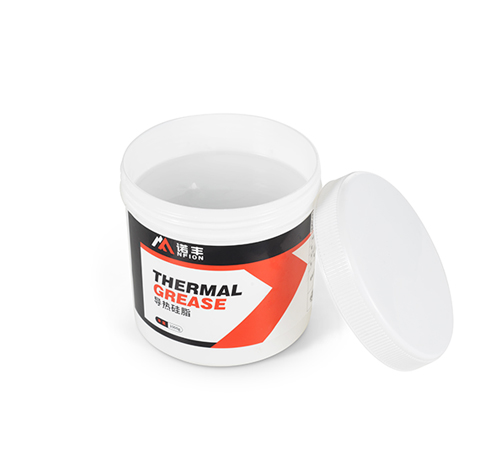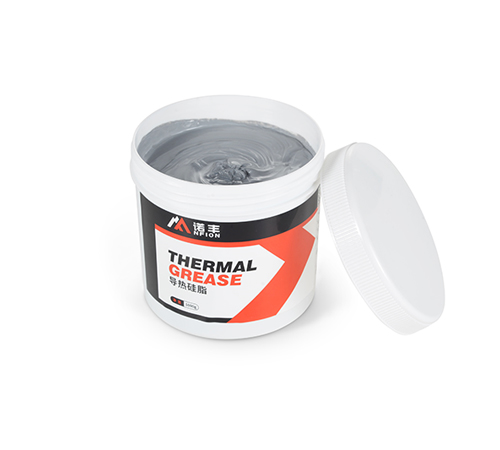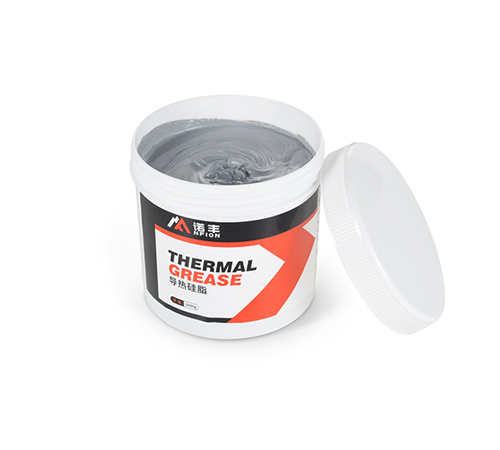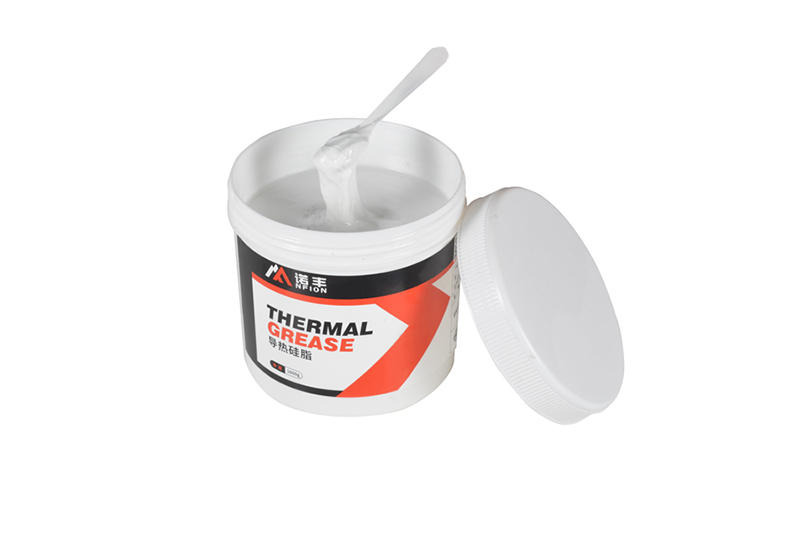
Thermal grease, also known as heat sink compound or thermal paste, is a material widely used for heat dissipation in electronic devices. Its excellent thermal conductivity effectively transfers heat from high-temperature components to the heat sink, thereby ensuring the normal operation of the equipment. However, many people experience suboptimal cooling results or even device malfunctions when using thermal grease due to improper application methods. Therefore, mastering the correct method of applying thermal grease is crucial.
Clean surfaces: Thoroughly clean the top of the CPU or other semiconductor devices, as well as the base of the heat sink, using a dust-free cloth or specialized electronic cleaner. Remove dust, remnants of old thermal grease, oil stains, and other impurities, ensuring that the contact surfaces are clean and free of rust spots. Avoid touching these surfaces directly with your hands to prevent leaving oils or fingerprints.
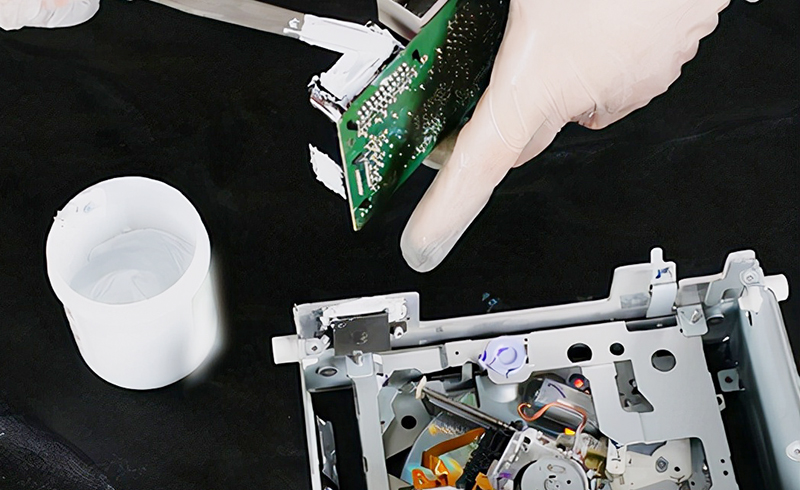
Scraper application: If the thermal grease has been extruded, use a scraper or a flat plastic card to evenly spread it in a "single stroke" or "cross-hatch" pattern, ensuring that the grease is thinly and uniformly distributed without obvious clumps or gaps. Gently scrape away any air bubbles.
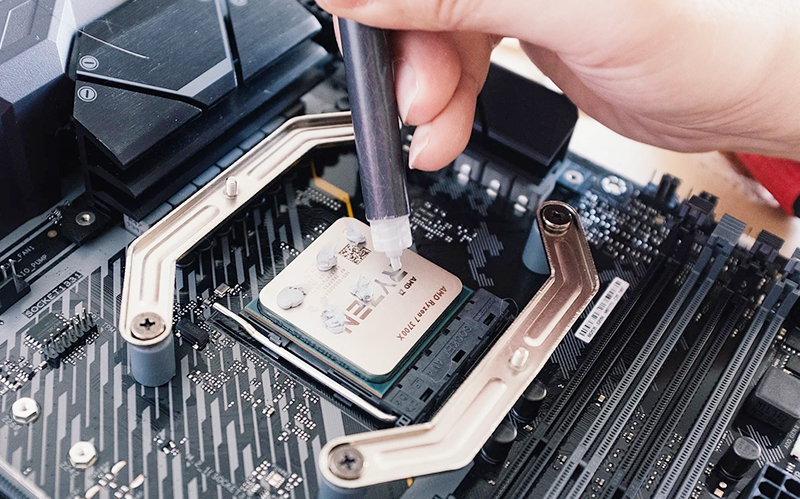
Thin layer principle: Thermal grease serves to fill minute gaps between the CPU and the heat sink, enhancing heat transfer efficiency. The ideal thickness should be between 0.05mm and 0.1mm, referred to as "thin and even." An excessively thick grease layer will instead increase thermal resistance, reducing cooling effectiveness. Remember, "less is more"; simply ensure that gaps are filled, without over-applying.
With the thermal grease applied, quickly align the heat sink with the CPU and gently place it down, securing it properly according to the correct mounting method, avoiding any displacement or unevenness of the grease during movement. When tightening the heat sink, follow the manufacturer's recommended torque value to avoid overtightening and causing damage.
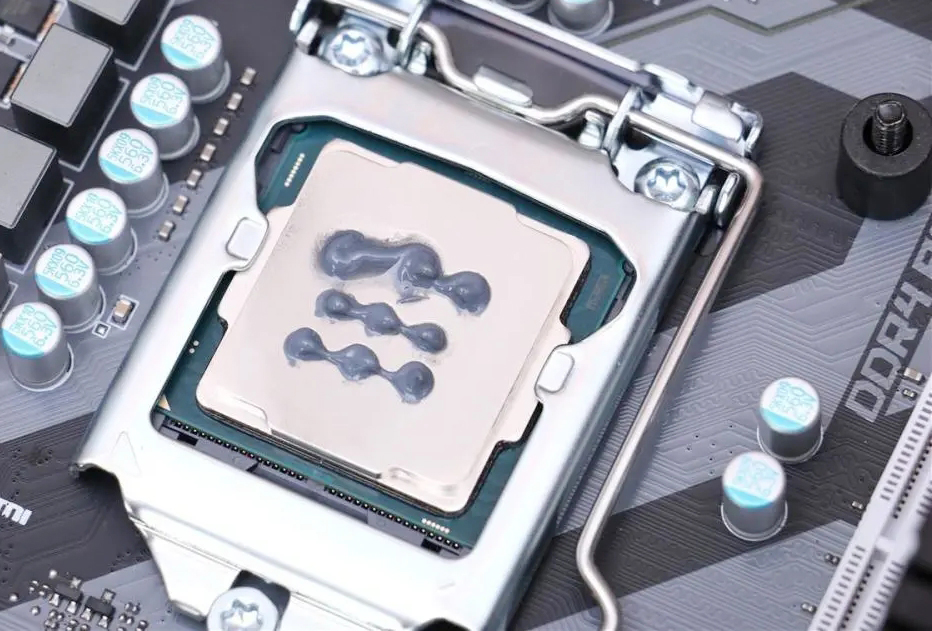
Avoid dilution: Do not use silicone oil or other substances to dilute the thermal grease, as this may cause oil separation, compromising its thermal conductivity.
Environmental requirements: Perform the operation in a clean, dust-free environment to prevent dust or foreign objects from mixing into the grease or contact surfaces during application.
Tag: thermal grease thermal paste heat sink compound
Article Link:www.nfionthermal.com/Article/s252.html
 CN >
CN >
